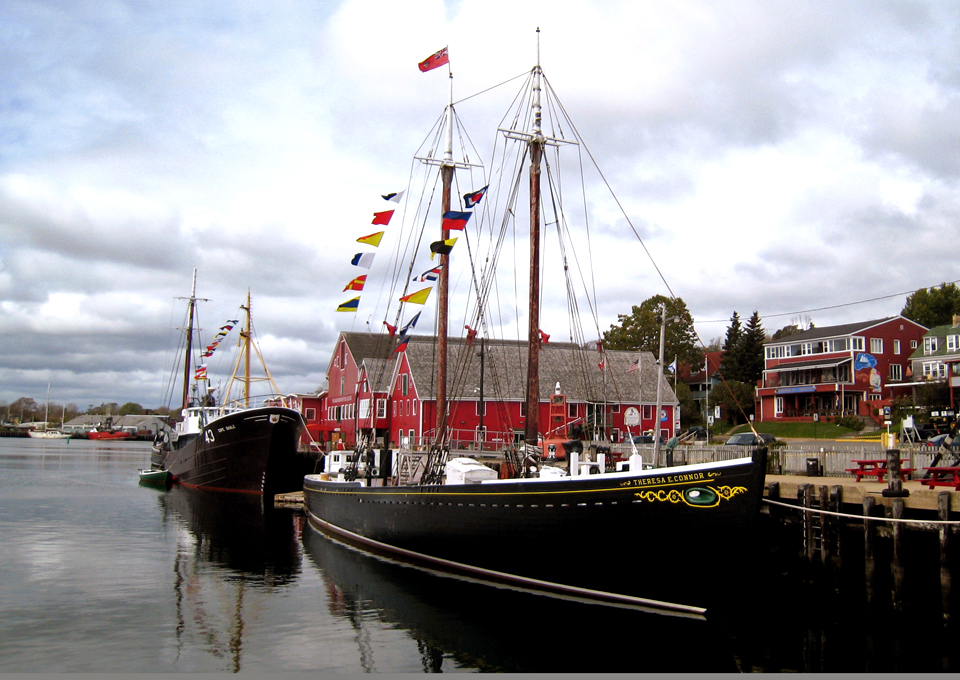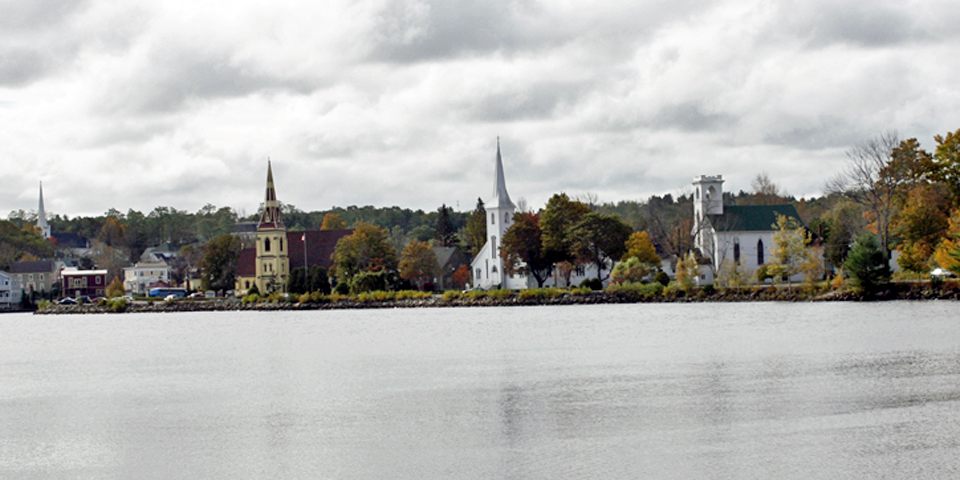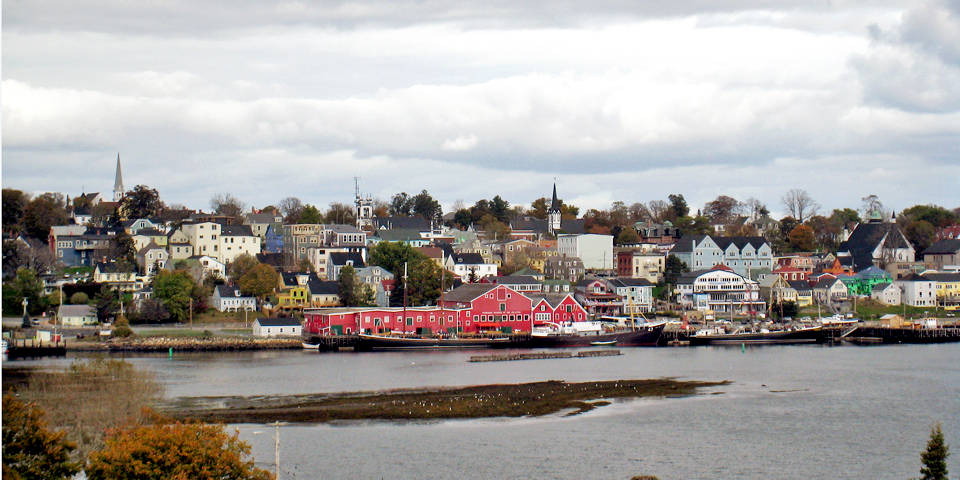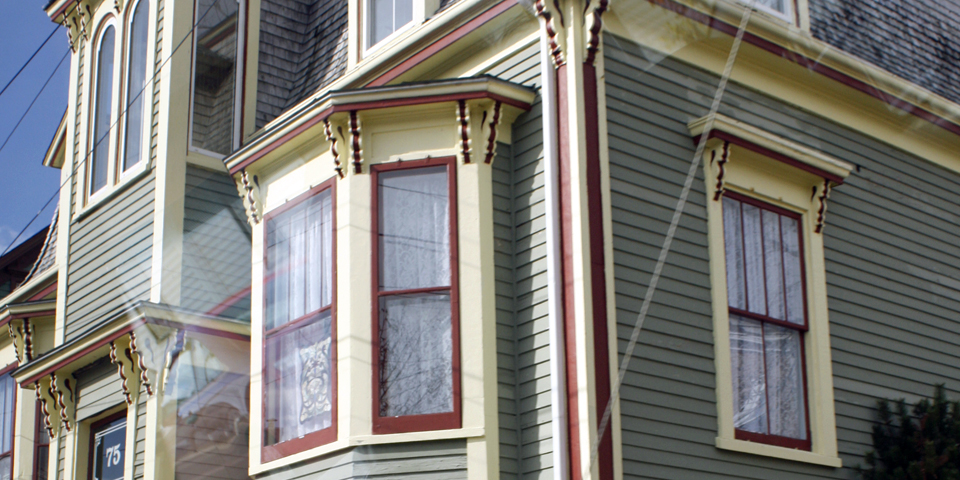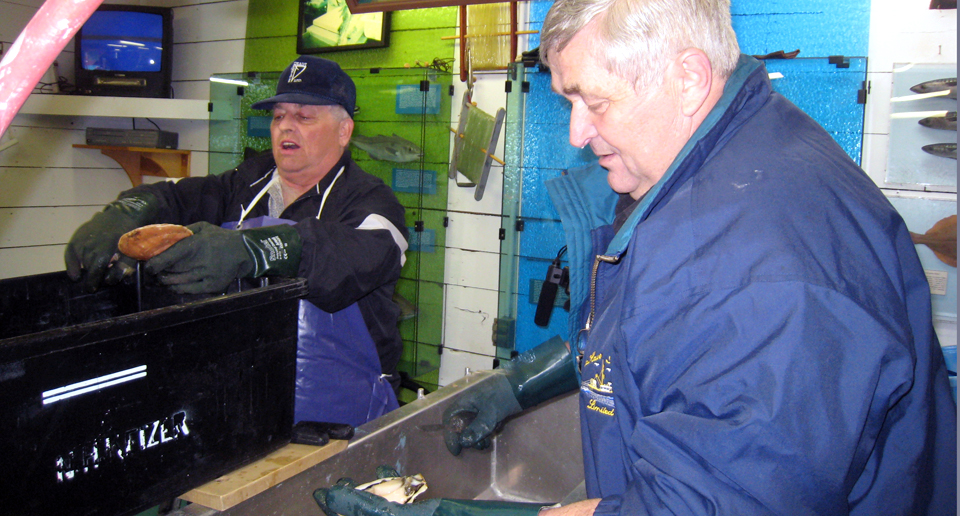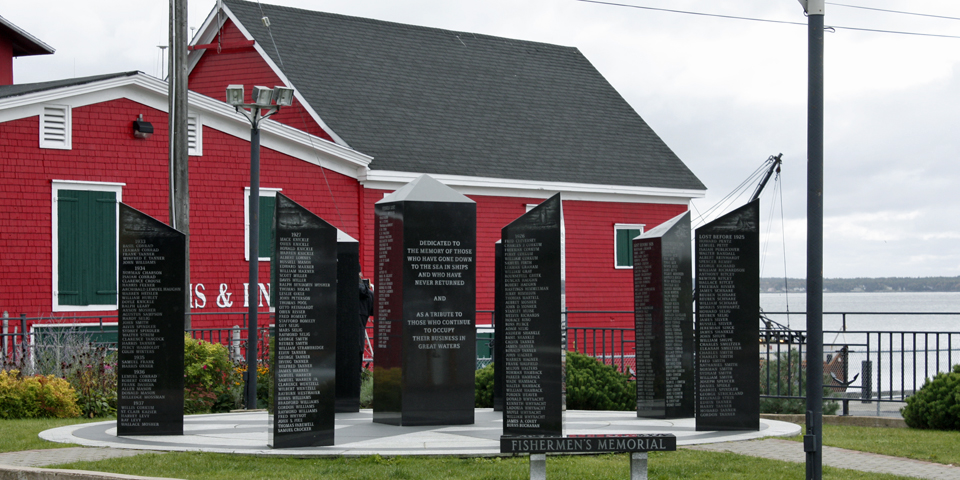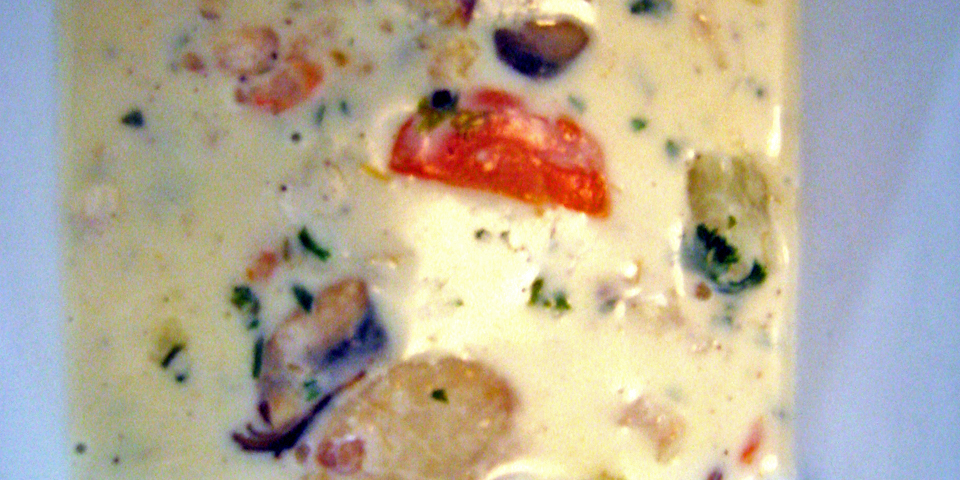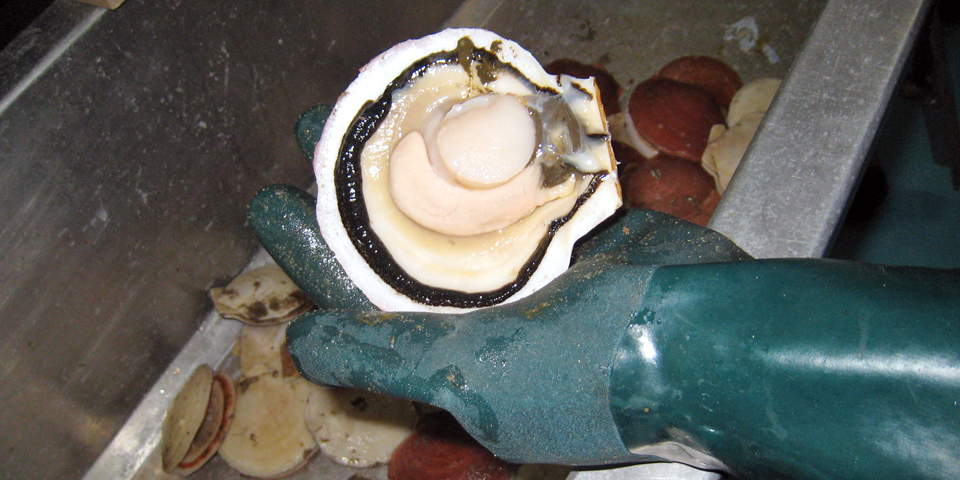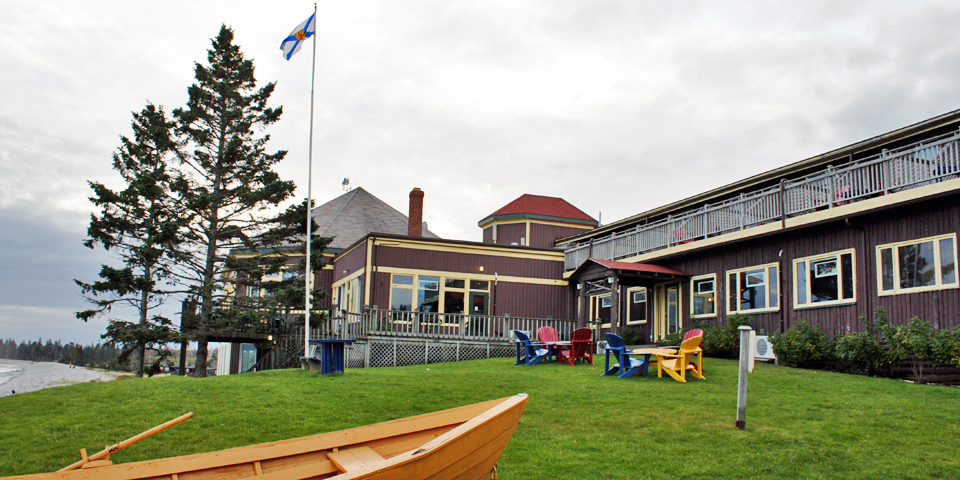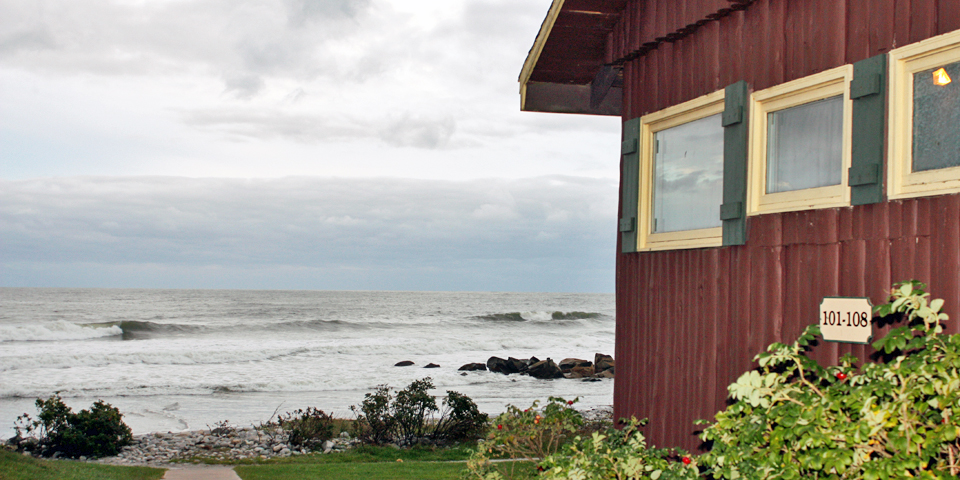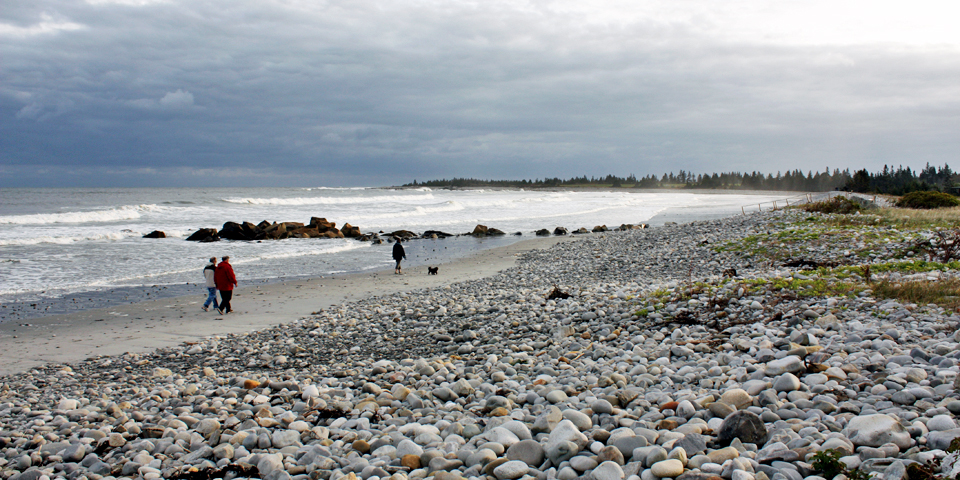Nova Scotia’s South Shore
Nova Scotia is a peninsula bordered by the Atlantic Ocean and the Bay of Fundy, connected to New Brunswick and the mainland by an isthmus less than 15 miles wide. The Lighthouse Route along its South Shore region runs through a rugged Atlantic coastline of shipbuilding communities and picturesque fishing villages.
Waterfront church steeples stand like beacons to sailors in the iconic skyline of Mahone Bay.
This artisan community is known for pottery, pewter, hooked rugs and celebrations, most notably the Wooden Boat, Great Scarecrow, and Father Christmas Festivals.
Hungry? A local favorite is The Biscuit Eater Café and Bookseller.
Many of the brightly painted buildings of Old Town Lunenburg date to the 18th and 19th centuries. Are now shops and boutiques, but this UNESCO World Heritage Site, still in the 1750s grid of the British colonial settlement, is centered on traditional fishing and shipbuilding industries. Even the church weathervane is in the shape of a cod.
Shipwright’s homes have intricate woodwork, often of exotic woods used as ballast when they traveled the world. Many feature a rooftop Widow’s Walk for sighting returning ships, storm porches for removing boots and rainwear, and the unique Lunenburg Bump, a multi-sided viewing dormer overhanging the front door.
Norman Keizer (foreground) and Wallace Skinner, scallop shucking champions at the Fisheries Museum of the Atlantic, Lunenburg
At the Fisheries Museum of the Atlantic, you can visit the aquarium, touch sea life, and meet retired sea captains like Norman Keizer (foreground) and Wallace Skinner, scallop shucking champions.
Stroll by the Fishermen’s Memorial and the boats tied up at the historic working waterfront, including the Bluenose II, a replica of the original fishing schooner and champion racing ship. The Bluenose II was built to replicate the original fishing schooner and champion racing ship to promote Schooner beer. It was sold to the government for $1 to use as a tourist attraction and as symbol of province. This symbol of the province is on the 10 cent piece, postage stamps and license plates.
You find the Salt Shaker Deli, a favorite lunch spot known for their award-winning smoked seafood chowder.
September’s Lunenburg Waterfront Seafood Festival includes scallop-shucking contests, a chowder cook-off, lobster boat races, seafood suppers and live entertainment.
In the 1930s, fishermen boarded steamships headed for Nova Scotia’s South Shore and rode a train to an eight-room lodge in pursuit of tuna said to be as big as boats.
Today the White Point Beach Resort is the only year-round oceanfront resort in Canada.
This family-friendly facility with a spa, games, paddleboats, a pool, golf, tennis, and white sand beach provides food for feeding resident bunnies and bonfires for roasting marshmallows.
For the ultimate experience amidst the seaside surroundings, catch a weekend featuring one of Chef Allan Crosby’s delectable wine-paired Chef’s Table Dinners or other special events.
Wonder why Nova Scotians are known as Bluenosers? Some say it’s because their noses were blue from the cold, or even for the color of the potatoes they took to New England. Most agree it’s most likely from the blue dye in the sailor’s mittens that got on cold noses when they rubbed them.
For more on creating your own culinary adventure and savoring the culinary heritage and seafaring traditions of Nova Scotia, contact Nova Scotia Tourism for a copy of Taste of Nova Scotia: Taste a Culinary Adventure.
All material including photography appearing on these pages is copyrighted and may be used only with written permission from Roger and Linda Fasteson.

